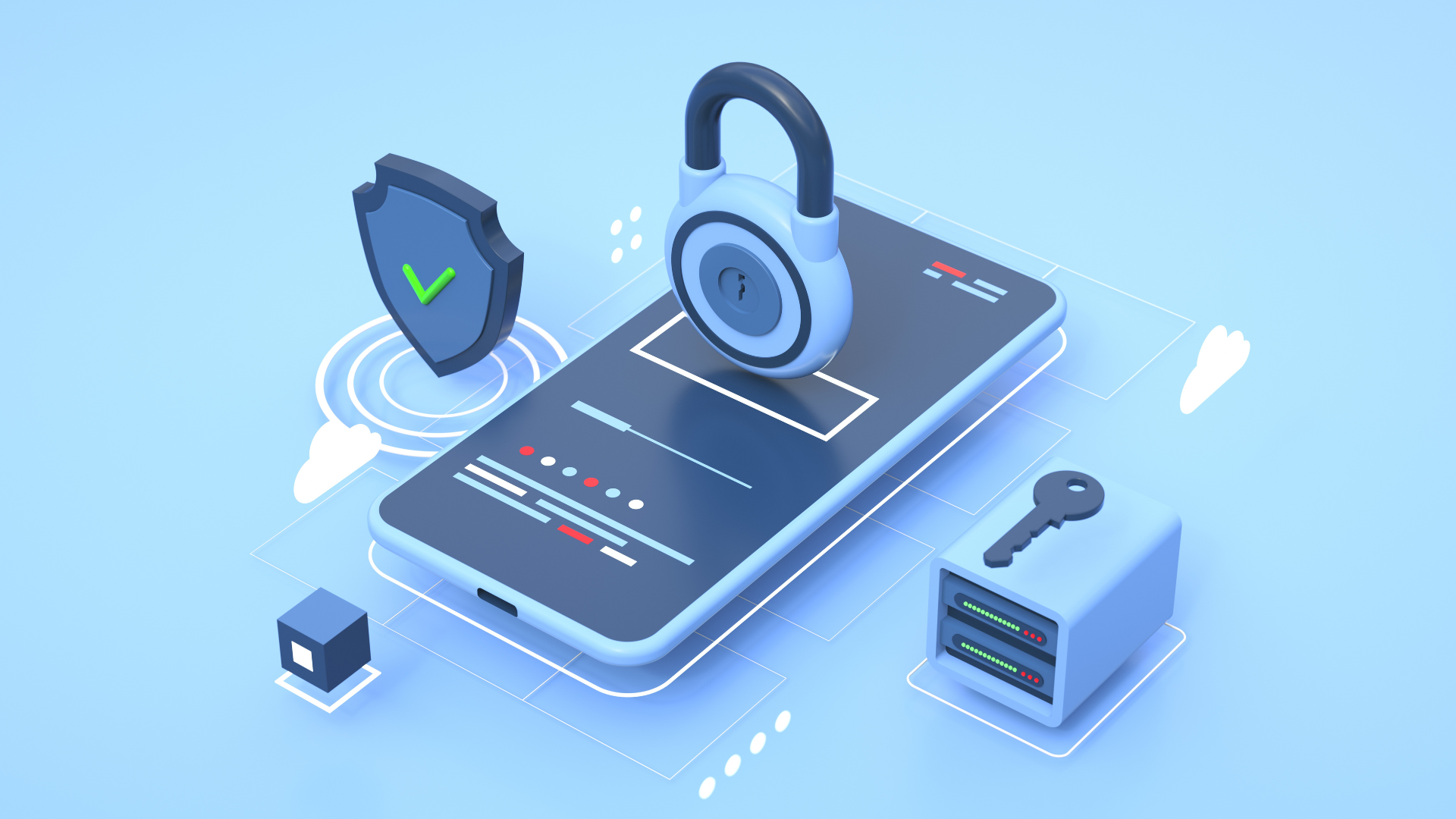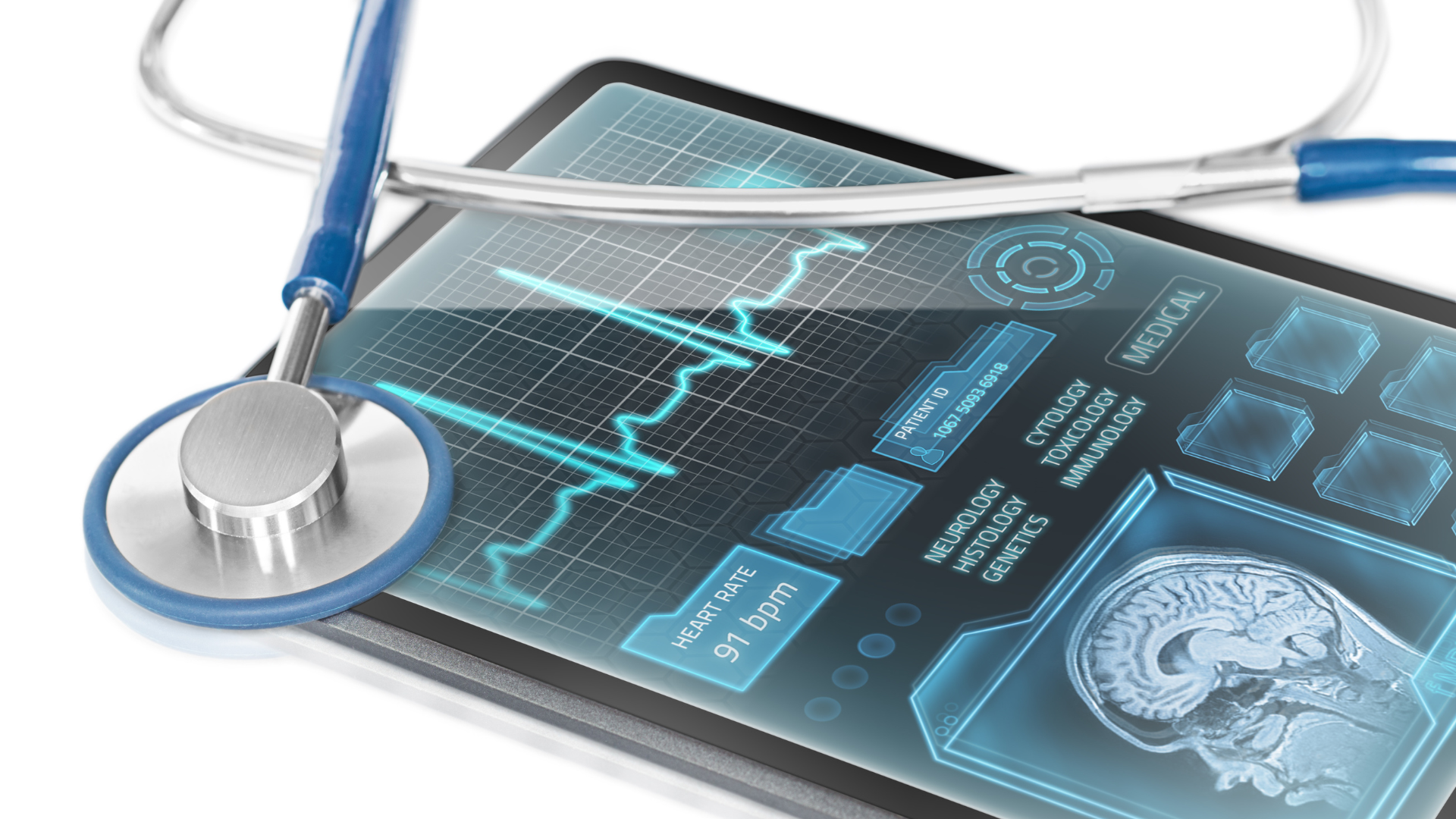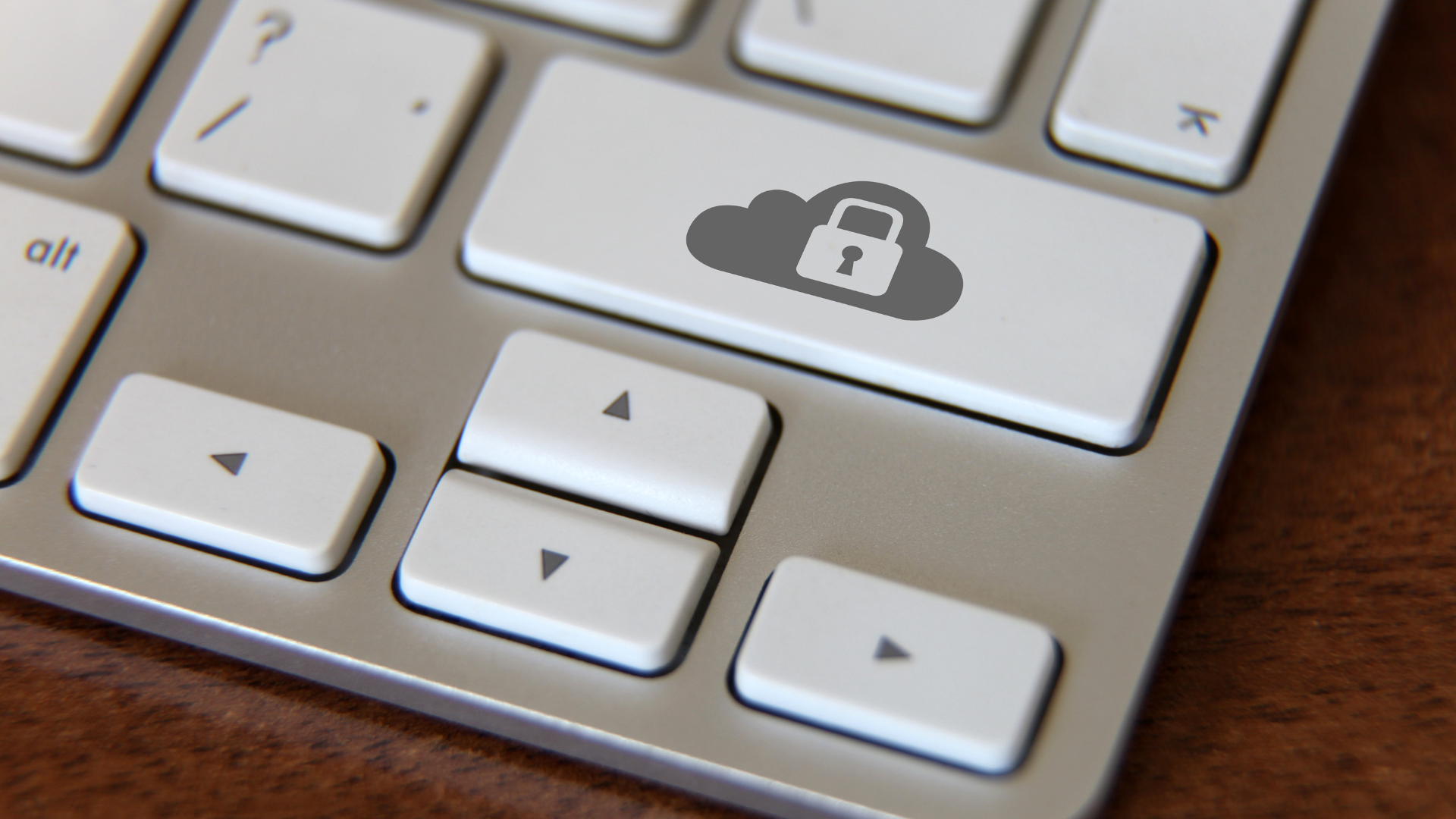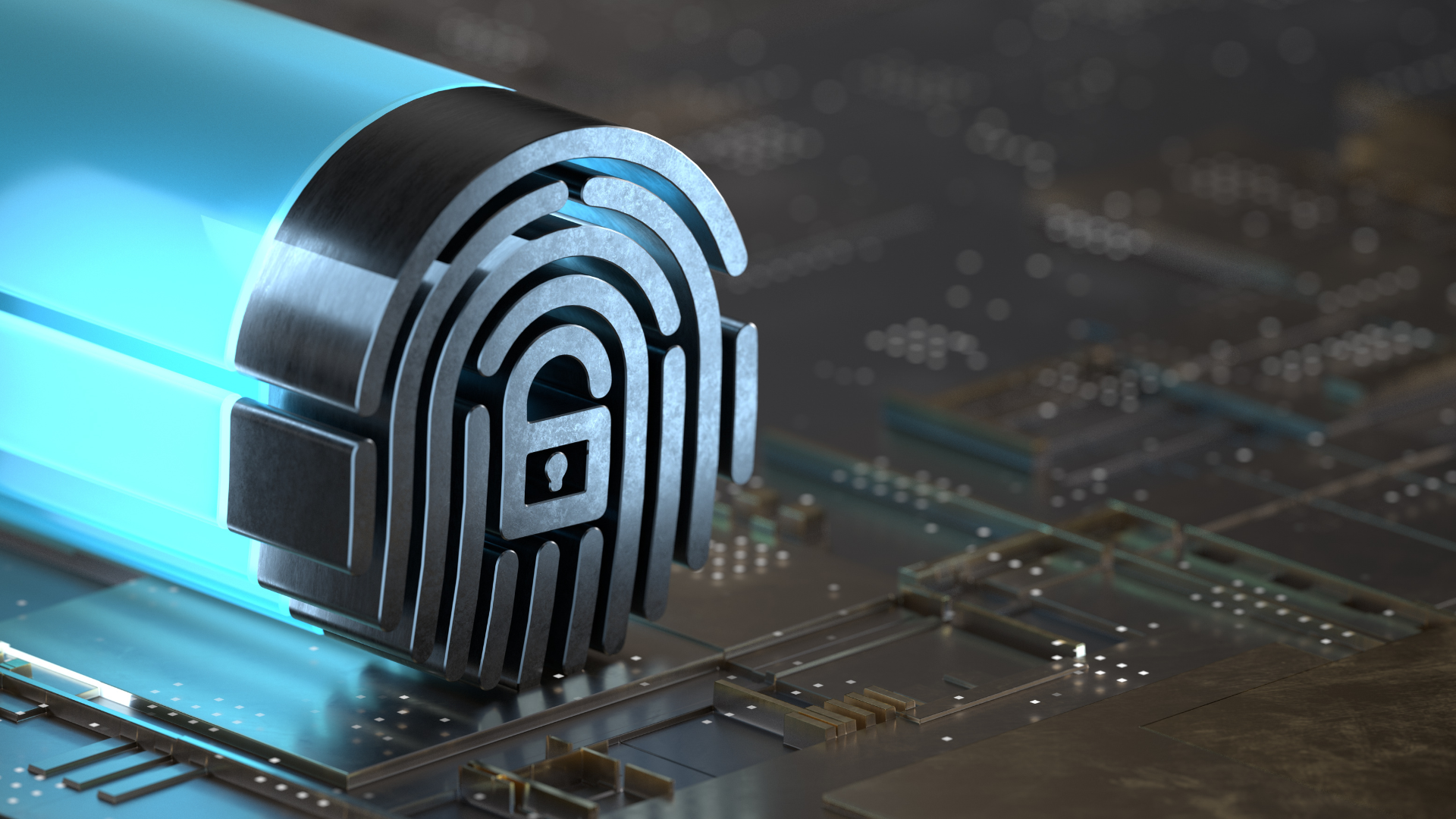Emerging Healthcare IT Trends in 2022
The healthcare industry is always changing and it's important to stay up to date with industry trends so you can grow your medical practice and be able to deliver the best patient care possible.
IT is becoming an increasingly important part of our healthcare system. From the onslaught of new threats, strict regulations, and growing costs, healthcare IT has been thrust into the spotlight.
There is a wide variety of recently emerging trends in the industry that you may not be aware of. In this blog, we’re going to discuss these emerging trends and what they mean for your medical practice.
1. Digital Therapeutics (DTx)
Digital therapeutics (DTx) is rapidly expanding into the mainstream healthcare industry.
A subset of digital health, DTx is a form of treatment that uses digital devices and software to help patients better understand, prevent, manage, or treat their symptoms, diseases, and other health concerns.
DTx can be used to improve symptoms in a wide range of conditions, such as:
- Migraine
- Anxiety
- Depression
- PTSD
According to a
July 2021 report by Insider Intelligence, DTx is capable of supplanting or enhancing existing therapies.
Developed both for clinicians and patients, this healthcare technology includes clinical assessment tools, patient-reported outcomes, and monitoring dashboards. Ideally, patients will be able to give timely and accurate reports about the outcome of the care they receive, and clinicians will keep track of that information on the dashboard.
2. Artificial Intelligence (AI)
The pace of AI will not slow down anytime soon. Perhaps it will even have an exponential impact on businesses all over the world. AI has already altered several industries, and the healthcare industry is no exception.
AI has been used in the healthcare sector for a while now. Healthcare AI is aided by natural language processing (NLP) applications that systematize clinical documentation by structuring the records and improve the overall outcomes for patients.
According to this
market analysis report, healthcare AI is anticipated to grow at a compound annual growth rate (CAGR) of 41.8% from 2021 to 2028.
Healthcare providers increasingly rely on augmented intelligence to enhance their clinical practices. Augmented intelligence refers to the concept of using artificial intelligence as an aid for assistive purposes,
according to the American Medical Association.
Basically, it is used to
enhance rather than to
replace the knowledge of a clinician. Israeli startup Aidoc, for instance,
uses AI to help radiologists spot visual abnormalities when examining CT scans and other medical images.
AI-enabled medical imaging solutions are projected to grow from $404 million in 2018 to
$9.61 billion in 2029.
3. Virtual Reality
Consumers have turned to digital healthcare solutions, and the 2020 pandemic has exacerbated this trend, not necessarily because we wanted to, but because we had no choice. Nevertheless, users have grown comfortable with teleconsultation and other services accessible through computers and smartphones.
Recently, virtual reality (VR) has begun to transform the healthcare industry by improving patient recovery times and hospital operations. VR headsets are used for a variety of purposes:
Medical Training
VR is not just for entertainment purposes anymore, we see the use of VR in many sectors, including education and healthcare. It could be used to train doctors and surgeons, or for patients who need complex surgeries that may require a lot of understanding and information distribution.
Medical interns have found VR headsets to be valuable tools for improving their skills and knowledge. Instead of relying on the use of cadavers, virtual environments allow doctors to train and improve their skills continuously.
Patient Treatment Simulation
The use of virtual reality in complex surgery planning is invaluable. For example, surgery teams can practice neurosurgical procedures with VR sets prior to carrying them out. Medical errors are significantly reduced and value-based care is improved.
Patients can also have the opportunity to see what it's like to go through surgery as their doctor would. They can explore their options and make informed decisions. With these VR simulations, doctors can prepare patients physically and mentally before undergoing surgery.
Aiding Those With Developmental Disorders
Virtual environments help people with autism spectrum disorder (ASD) train their social and coping skills.
VR can be used to teach the person how to deal with different social situations. The virtual environment will allow them to explore different scenarios to which they might not otherwise be exposed, such as a job interview or interacting with other children at an amusement park.
VR technology gives people with ASD a chance to experience certain situations without any consequences and have the opportunity to learn how to react appropriately.
4. Telemedicine
We know telemedicine has been around for quite some time, even before the COVID-19 outbreak. Now, it’s already a fundamental part of patient care and will continue to be a key component in 2022.
Stay-at-home orders and social distancing have undoubtedly reshaped the healthcare system. Since then, clinics and hospitals have embraced telehealth and virtual care as viable options for treating patients over the long term. They are no longer considered temporary solutions as they once were.
Consequently, telemedicine will continue to be a significant and permanent part of the healthcare industry long after the pandemic is over. A permanent shift towards virtual care is likely for mental health and urgent care.
Healthcare providers themselves are expected to be among the first to establish and strengthen their telehealth programs.
The rise of telehealth will result in a more open dialogue around access, as both a technical and economic issue in the years to come. As a result, big changes are going to take place in the future of medical practice.
5. Smart Wearables, Tracking Devices, and Sensors
There is a growing market for wearable technology, and now firms and insurers are realizing the benefits of providing wearable technology to their employees and consumers.
Healthcare trackers, wearables, and sensors can be used to monitor our health without requiring us to go to medical facilities. Many individuals can take control of their lives without medical intervention using these tools.
Some examples of products that use this technology:
- fitness wristbands
- smart rings
- wearable ECG monitors
- heart rate monitor chest straps
- headbands for electroencephalography
Of course, physicians are far from being totally replaced. There will always be human intervention in the process. A healthcare professional’s job is to stand on the technology’s shoulders and stay ahead of the curve.
6. Healthcare Cybersecurity
During the COVID-19 pandemic, cybersecurity became an issue in many aspects of daily life among patients, as previous in-person transactions were mostly done online.
Hackers have targeted insurance companies, medical device manufacturers, educational institutions, and banks via unique Internet access points. This has not only put patients at risk but has also cost these organizations millions of dollars due to fines and lawsuits.
In a digital environment, medical information and healthcare services require complete data protection. For example, bank account details or payment identification numbers, social security numbers, and other sensitive information need to be protected by
robust firewalls and other cybersecurity tools.
The healthcare industry will increasingly recognize that
cybersecurity is fundamental to ensuring a safe and profitable practice from 2022 onwards.
7. Internet of Medical Things (IoMT)
Another emerging trend that was previously thought of as merely an expensive gimmick and won’t be doing enough for the healthcare industry is the Internet of Medical Things (IoMT).
IoMT, also known as healthcare IoT, refers to a collection of medical devices and applications connecting to health information systems using networking technology.
In IoMT, medical devices equipped with Wi-Fi allow machine-to-machine (M2M) communication.
Cloud platforms enable IoMT devices to transmit and store data.
There are several examples of IoMT applications:
- remote monitoring of people with chronic or long-term conditions,
- tracking patient medication orders, and
- providing locations of patients admitted to hospitals.
IoMT has really taken off over the years, with more and more people integrating it into their workflow to help improve patient care. The technology has become popular enough to become a complementary tool for hospitals and doctors to use alongside their usual methods.
8. Big Data
In healthcare, big data refers to massive amounts of patient data collected using digital technologies that help manage the performance of hospitals beyond what conventional technologies can provide.
As people become increasingly aware of health and well-being, they invest in better tools and applications to monitor their health. This results in a wealth of previously untapped data.
Many positive developments have occurred in the industry due to the accurate recording, storing, reading, and analyzing of medical information. Utilizing detailed health data about a population could avert future pandemics, cure disease, and other potentially life-saving outcomes.
There are countless possibilities made possible by the use of big data, among which are the following:
- Research and develop new treatments and innovations
- Save resources by preventing unnecessary ER visits
- Provide advanced risk & disease management
- Enhanced electronic health records (EHRs)
- Mitigate fraud with better data security
- Improve staff management
DON’T LET YOUR PRACTICE GET LEFT BEHIND
Healthcare IT trends are always changing. A lot of times, it can be hard to keep up with them.
These are just a few trends we have identified that will soon affect your practice. There are also some things that will surprise us that aren't on this list, that no expert could have even predicted. These new IT trends will affect your medical practice in a big way.
How prepared is your medical practice to face the new year's trends, challenges, and surprises?
As healthcare's trusted IT experts, our managed IT services can help ensure your medical office is prepared for the future. We know you're juggling many responsibilities, and you’re not expected to keep up with every healthcare IT breakthrough. So we’ll do all of the heavy lifting for you.
As a preparation for these changes, we're offering you a free assessment of your entire infrastructure—a comprehensive audit of your current network, hardware, and software. By identifying areas for improvement, we'll help you transform your practice and remain competitive in 2022 and beyond.
Search Articles
Healthcare & Tech Articles

ER Tech Pros is a managed service provider (MSP) that specializes in catering to the IT needs of businesses across the globe. We have offices in Sacramento and the Greater Fresno area.
We use our cutting-edge technology, extensive experience, and global team of technology experts to ensure your IT network is in its most secure and optimal state.
We focus on your IT so you can focus on growing your company.
8795 Folsom Blvd, Ste 205
Sacramento, CA 95826
1501 Howard Rd, Ste 2
Madera, CA 93637
(855) ER-TECH-1 / (855) 378-3241
info@ertech.io
Resources
Search this Site
ERTech Pros | All Rights Reserved.












